New vision for Franco Maria Ricci’s art publishing legacy
Italian art collector and publisher Franco Maria Ricci passed away in September 2020. His nephew Edoardo Pepino was entrusted with his artistic legacy, including the world’s biggest bamboo maze and Ricci’s eponymous publishing house, which is set for a relaunch in late 2021

Labirinto della Masone, in Fontanellato, Parma, opened in June 2015 as the world’s biggest maze, thanks to the vision of eclectic art collector and publisher Franco Maria Ricci. He created the bamboo labyrinth at his estate, as a tribute to his friend and collaborator, Argentine writer Jorge Luis Borges, who saw mazes as a metaphor for the human condition.
The maze and estate, which includes architecture by Pier Carlo Bontempi and is also home to Ricci’s art collection – some 500 works spanning five centuries – and library, are playing a central role in the late publisher’s legacy.
A self-taught graphic designer, Ricci was best known for the line of lavishly produced art books he began publishing in the 1960s – among them a reprint of an 18th-century French encyclopaedia, tomes on artists such as Tamara De Lempicka and Antonio Ligabue, and an exploration of tarot art – with contributions from leading cultural figures of the time, from Italo Calvino to Gabriele d'Annunzio. He also launched an art magazine, titled FMR and focusing on the classics, in 1982.
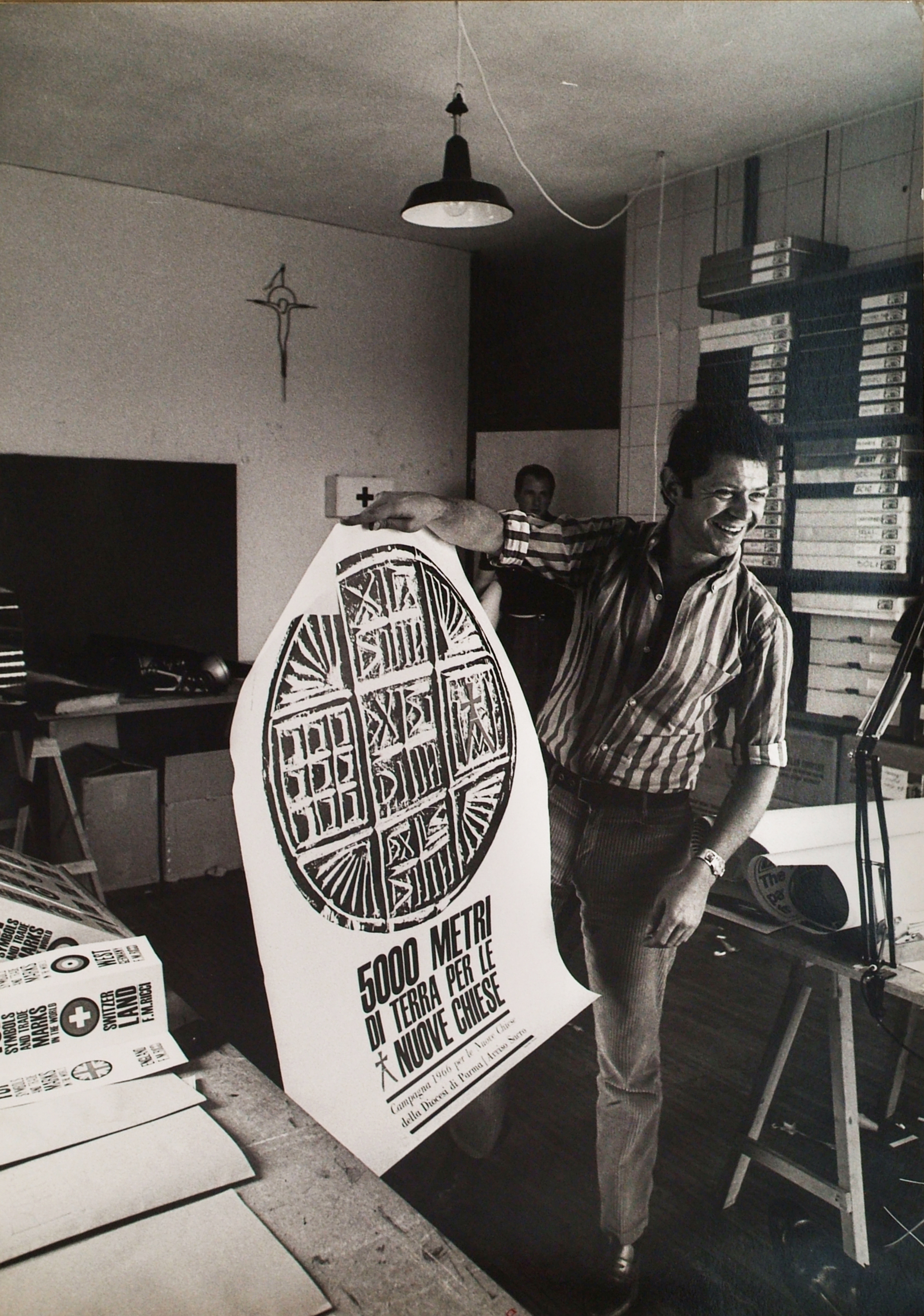
Franco Maria Ricci
Ricci’s nephew, Edoardo Pepino, has been overseeing his uncle’s empire since 2020, working to keep its tradition but refresh it with new ideas and projects. Labirinto della Masone, serving as headquarters of the Franco Maria Ricci Foundation and publishing operation, hosts performances, exhibitions, a museum, a restaurant and suites, while a redesign of the publishing brand is being unveiled in late 2021, when Pepino is also set to relaunch FMR magazine.
Wallpaper* met Pepino for a glimpse into the future of Franco Maria Ricci’s legacy.
Wallpaper*: How does it feel to be in charge of such a relevant project as the Labirinto della Masone and the publishing house?
Edoardo Pepino: There is a work by Bartolomeo Veneto, an extraordinary portrait from the 16th century, preserved in the Fitzwilliam Museum in Cambridge, UK, which represents a man with a mysterious identity. He is elegantly dressed, a warrior, I guess, from the sword he holds with both hands, with a proud look, the privileged heir of a mission, or of the defence of a kingdom… who knows. There is a labyrinth embroidered on his garment, which is the only clue of his undertaking and of the responsibility that has been assigned to him.
Receive our daily digest of inspiration, escapism and design stories from around the world direct to your inbox.
Here, every now and then, I imagine myself to be that unknown young man, champion of a tradition, or rather, of a profession to be projected into the future, and guardian, together with other talented young people, of a place of delights halfway between dream and reality: the Labirinto della Masone. This is why I chose this portrait as the cover image of our exhibition on the theme of the labyrinth.
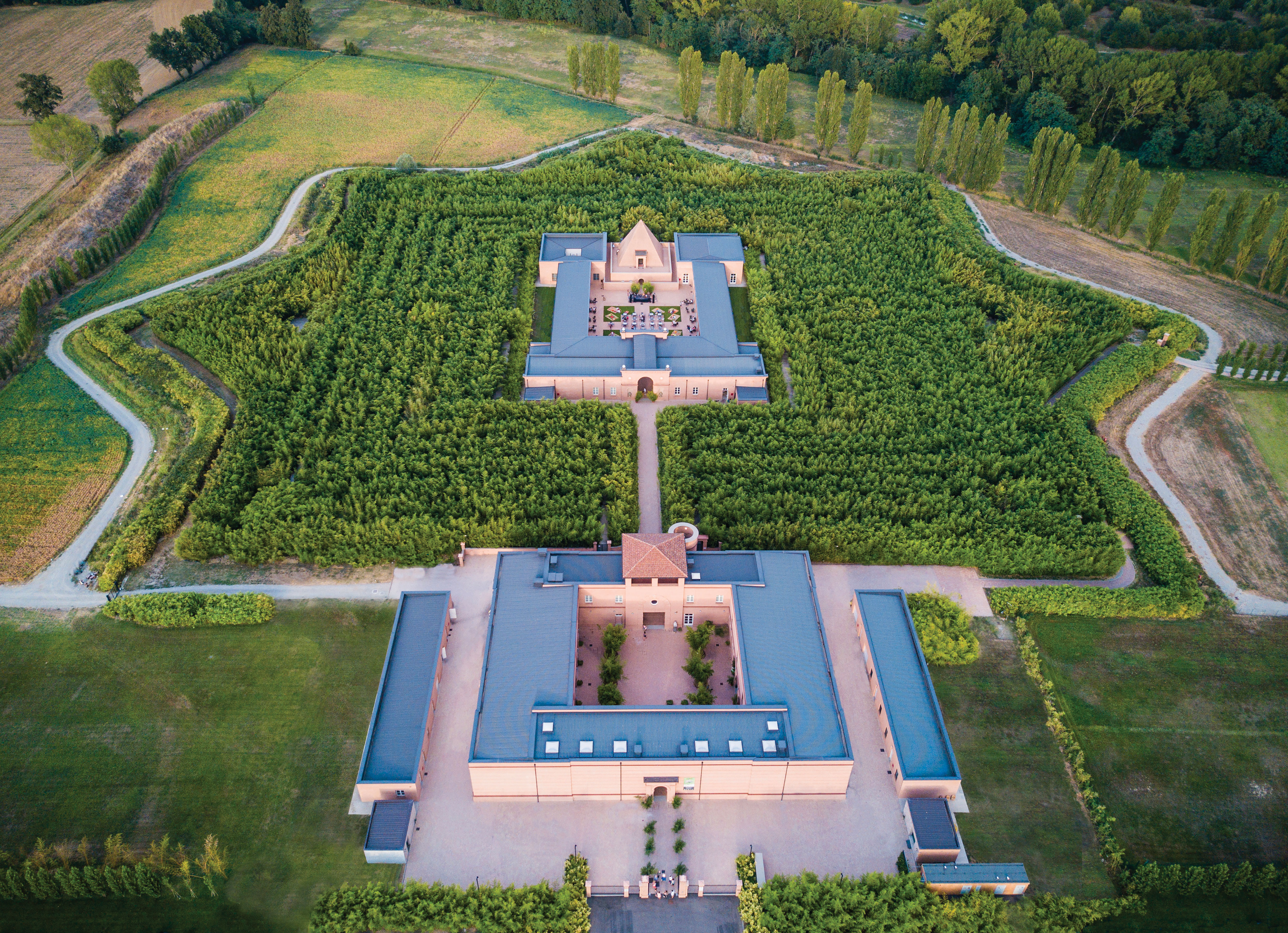
Labirinto della Masone, Fontanellato
W*: Tell us about Franco Maria Ricci’s legacy, and how you are carrying it on in your own way.
EP: The design of a new website is a necessary and creative intervention. Before, all communication relating to our editions took place through the Labirinto website for two reasons. First, to give initial visibility to the Labirinto as soon as it opened to the public [in 2015], being able to count on the name of a publisher known all over the world. But also to [give context to] the publishing activity that really takes place at the Labirinto della Masone, among the works of art of Franco Maria Ricci’s collection, at the centre of the largest bamboo maze in the world.
Now that the volume of this activity is increasing, it is important to create new channels dedicated exclusively to the publishing house, but in constant dialogue with its home sweet home, the Labirinto. We chose curator Livia Satriano and Milan’s Pop-Eye Studio not only for their affinity to our aesthetic criteria and the refined tone of communication, but also for the special care and deep interest they had in the past of our business and our graphic archive. I think the work will be excellent, a wonderful surprise for lovers of art, books, graphics.
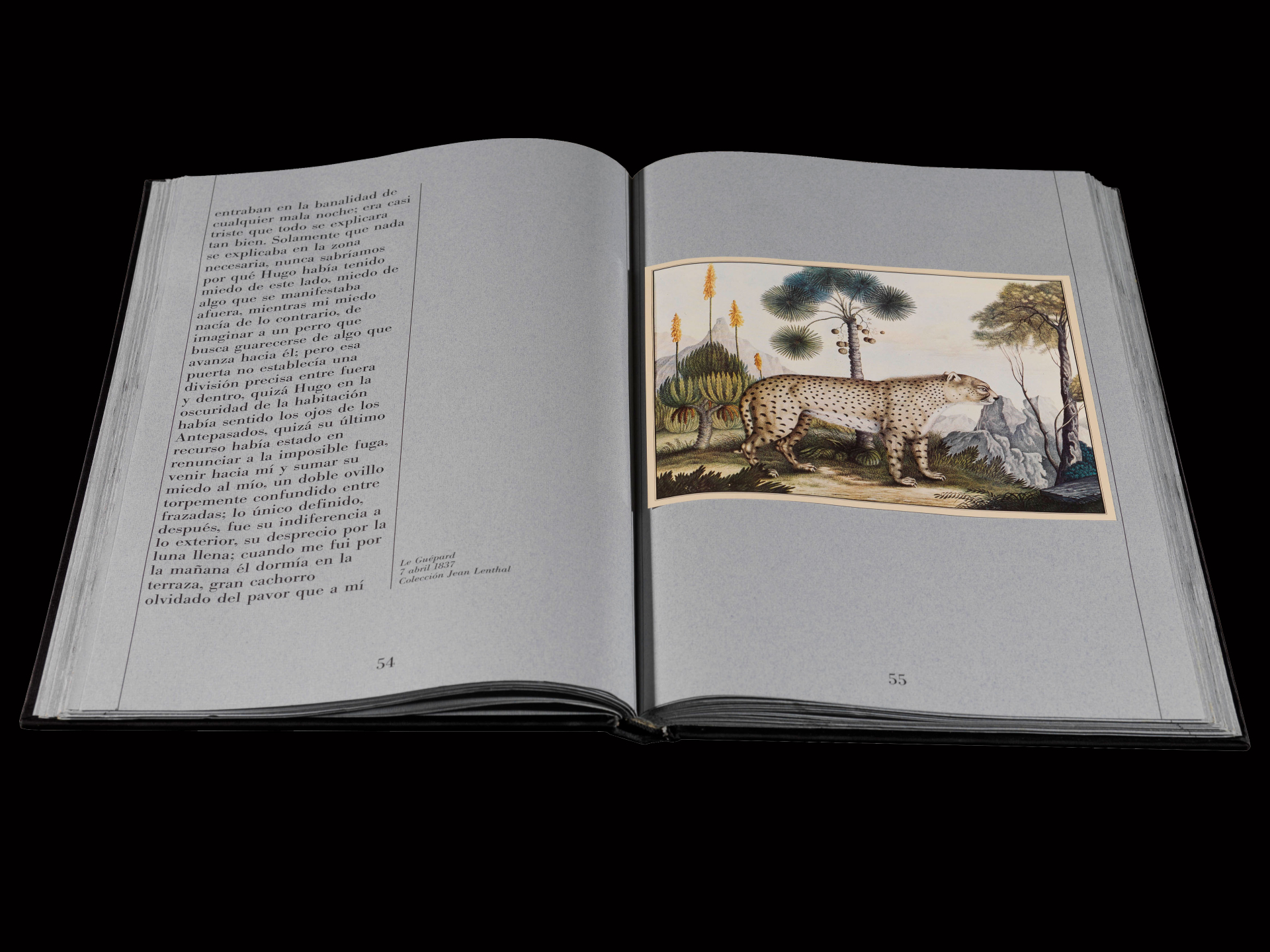
The Bestiary of Aloys Zötl, a book from the Signs of Man series, published in 1972
W*: Speaking about Franco Maria Ricci’s cultural heritage, is there anything you would like to change, or something you would like to improve?
EP: Not exactly. Ricci's cultural heritage resides in the classics. It is impossible, for example, to perfect Antonio Canova, Giambattista Bodoni, or to correct Giovan Battista Piranesi. I think the same is true for Franco Maria Ricci. It does not mean that there have not been, during his long and prolific activity as publisher, moments of weakness. [There are] some books that I would not repeat today; this is part of the normal genesis of a publishing house that has gone through time and trends, through different decades, during which Franco Maria Ricci has always managed to stand out.
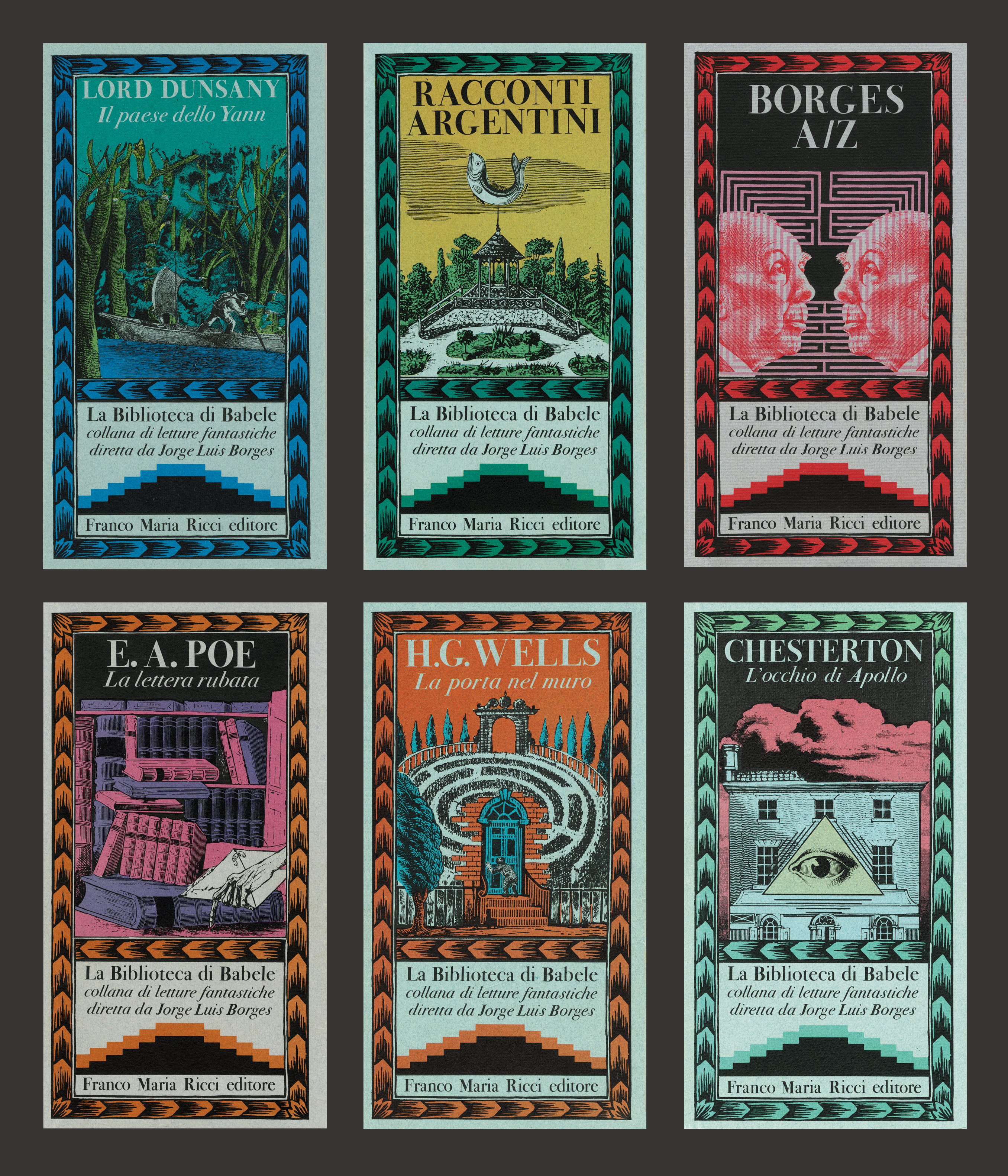
Book covers from Franco Maria Ricci’s publishing house, from a series curated by Jorge Luis Borges
W*: You are working on a new magazine, to be launched in autumn 2021; could you tell us something about that?
EP: There is a lot of anticipation about the new FMR magazine. Laura Casalis, who is directing it in terms of form and content, will tell us more in the summer. With Ricci, who was her companion in life and work, she had shared the idea and the successes of the magazine since its first release in 1982. Contributors include Giorgio Antei, Massimo Listri, Stefano Salis, Gabriele Reina, and Vittorio Sgarbi, [and we are] inspired and supported by a large group of illustrious names in art and culture – among them Pierre Rosenberg, Alvar González-Palacios, Patrik Mauriès, Oscar Tusquets Blanca, Héctor Abad Faciolince. The new FMR will be the same but not the same.
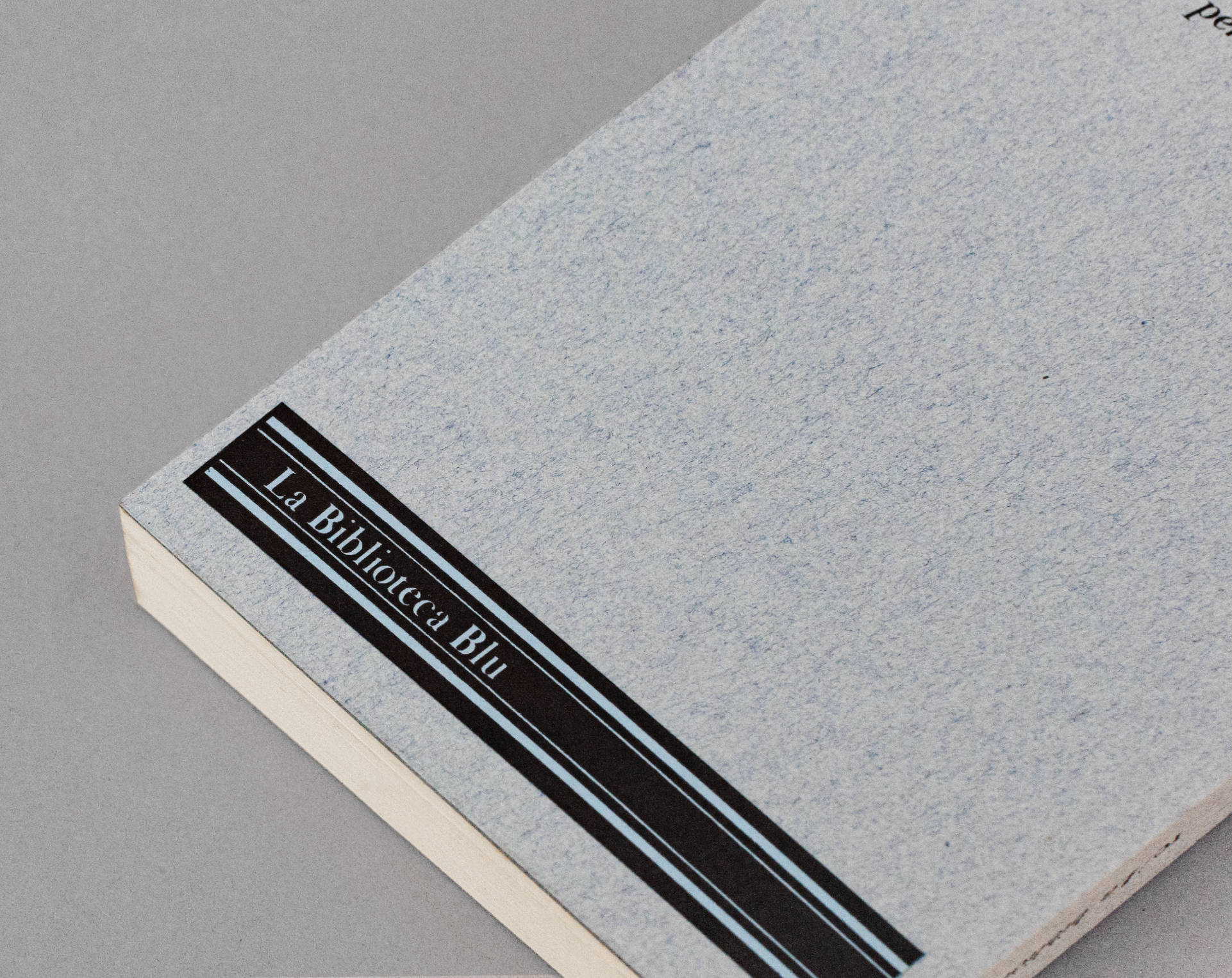
Volume from The Blue Library series
W*: Could you tell us a personal anecdote, a memorable experience that you shared with your uncle?
EP: Ironic and likeable, the conversation with Ricci was almost always edifying; it reflected on the quality of things, on the scrupulousness of his work. He never woke up before 11 in the morning, yet he was a hard worker, a workaholic. Attention to quality permeated everything he said. He often said to me: ‘The most important thing is to be able to recognise is if a thing, whatever it is, is good or bad.’ For him, it was not just an aesthetic fact, linked to art and publishing, just as it is not for me. It is a moral principle, a value. He taught me that it's easy to fall into the banal, the sloppy. Instead, we must take seriously even the small details, the habits we take for granted. I remember a few years ago, during one of these conversations, he and I stayed at my house late. It was time for dinner. So I made a pasta with what little I had in the refrigerator. The first bite was enough and he said to me with a smile: ‘Look, even eating is a serious matter.’ And then he took me to a restaurant.
INFORMATION
Maria Cristina Didero is an independent design curator, consultant and author, who has contributed to many publications over the years. Didero has consulted for companies such as Vitra, Fritz Hansen, Lexus, Fendi, Louis Vuitton, Valextra among others. Based in Milan, she works internationally, curating exhibitions for institutions: some of her most recent projects include Nendo: The Space in Between and The Conversation Show at the Holon Design Museum, Israel; FUN HOUSE by Snarkitecture at National Building Museum, Washington D.C.; SuperDesign a project about Italian radical design, NY; Vegan Design, or the Art of Reduction by Erez Nevi and The Fish and The Crowd by Carlo Massoud, Milan. In April 2022 she curated a Mathieu Lehanneur exhibition at the Triennale in Milan called The Inventory of Life, while in July she debuted a project at the MK&G in Hamburg titled Ask Me if I Believe in the Future, alongside a series of ongoing collaborations. She was appointed 2022 Curatorial Director of Design Miami/. She is currently preparing two projects for Milan Design Week 2023.
-
 This cult Los Angeles pop-up restaurant now has a permanent address
This cult Los Angeles pop-up restaurant now has a permanent addressChef Brian Baik’s Corridor 109 makes its permanent debut in Melrose Hill. No surprise, it's now one of the hardest tables in town to book
-
 French bistro restaurant Maset channels the ease of the Mediterranean in London
French bistro restaurant Maset channels the ease of the Mediterranean in LondonThis Marylebone restaurant is shaped by the coastal flavours, materials and rhythms of southern France
-
 How ethical is Google Street View, asks Jon Rafman in Copenhagen
How ethical is Google Street View, asks Jon Rafman in CopenhagenIn 'Report a Concern - the Nine Eyes Archives' at Louisiana Museum of Art, Copenhagen, Jon Rafman considers technology's existential implications
-
 At home with designer Sebastian Herkner
At home with designer Sebastian HerknerSebastian Herkner finds inspiration in his extensive travels around the globe and the spirit of optimism of his adopted hometown of Offenbach
-
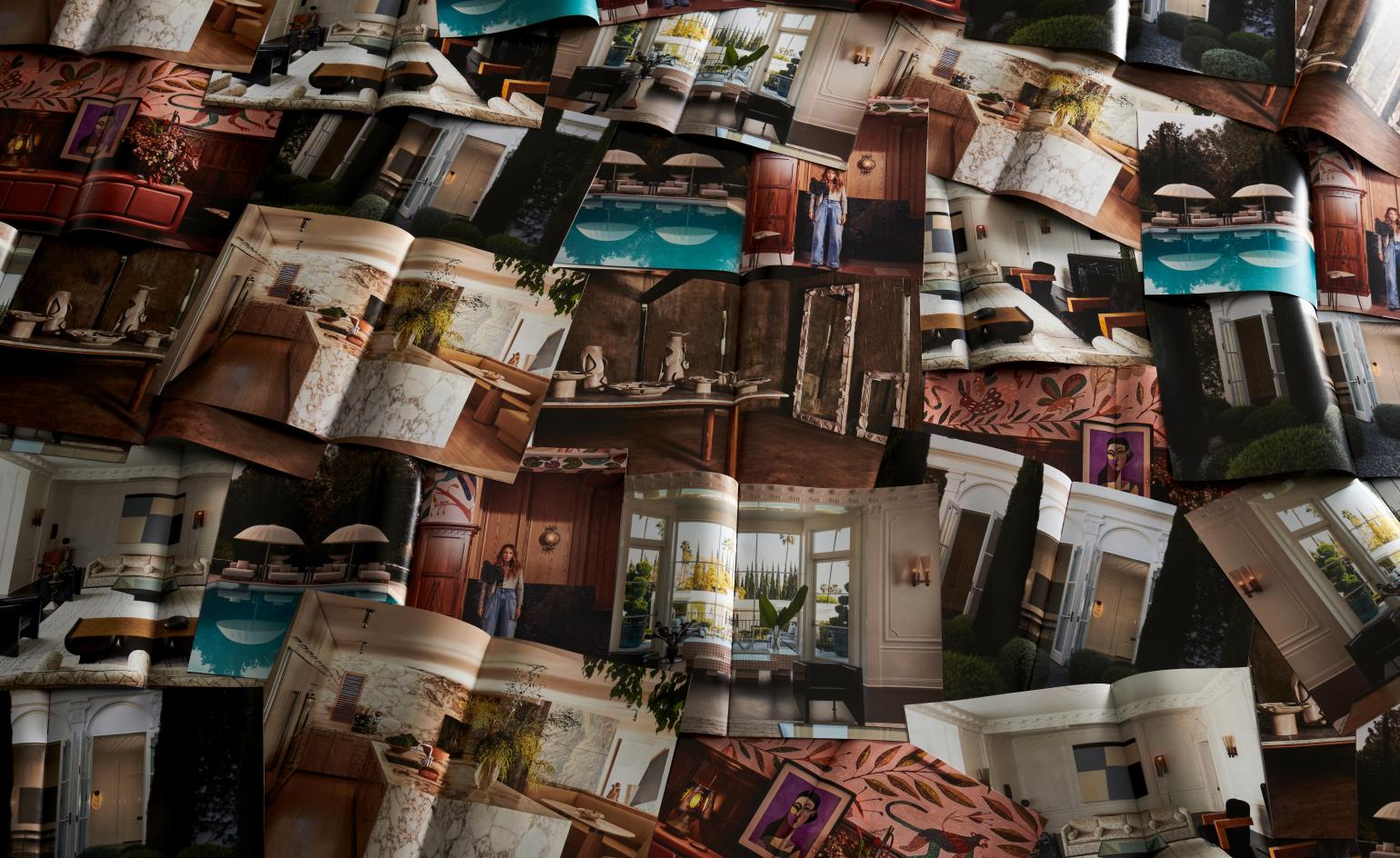 At home with Kelly Wearstler
At home with Kelly WearstlerAmerican designer Kelly Wearstler talks about her approach to interiors, her California homes, favourite LA spots, creative inspiration and more
-
 Ritesh Gupta’s Useful School: ‘Creative education needs to centre on people of colour’
Ritesh Gupta’s Useful School: ‘Creative education needs to centre on people of colour’Creative industry veteran Ritesh Gupta on launching Useful School, a new virtual learning platform that puts people of colour front and centre
-
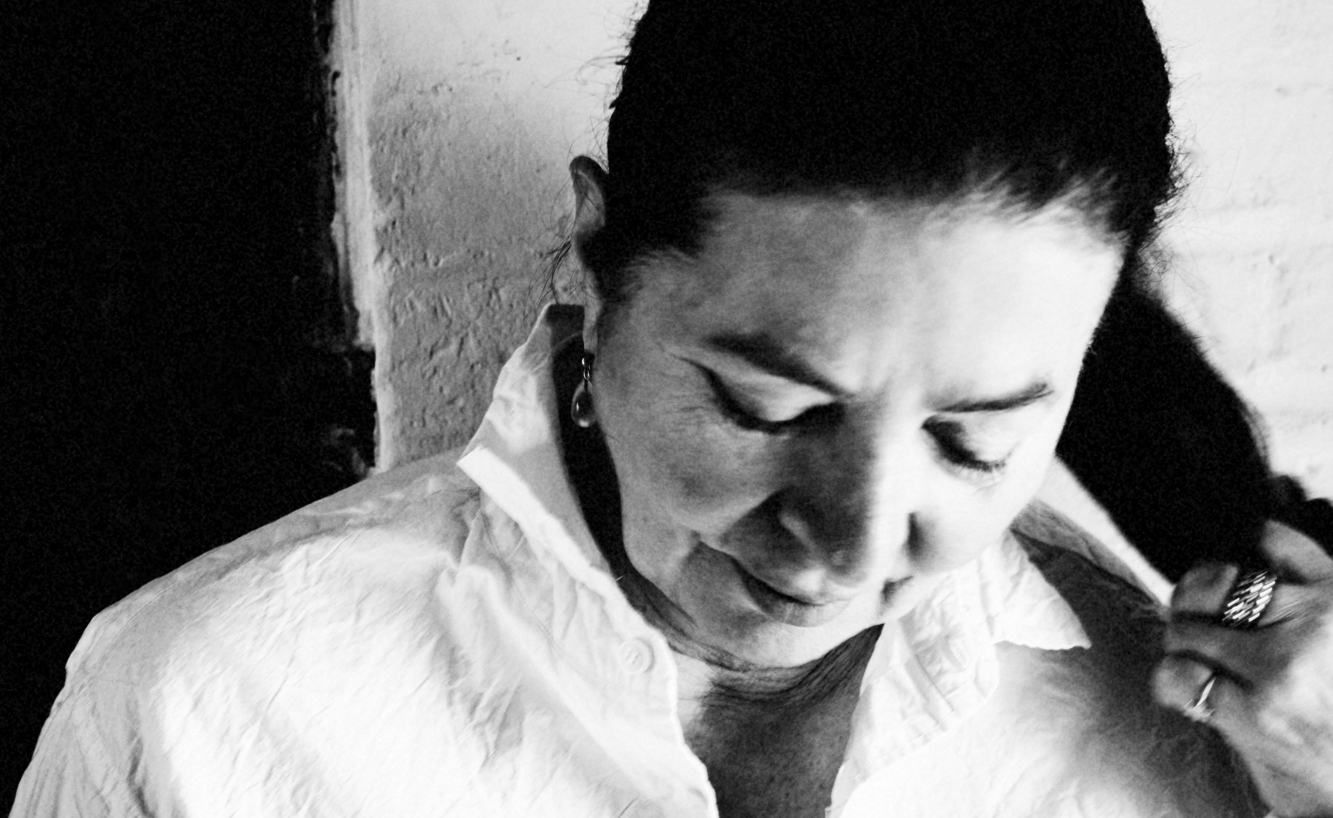 Ilse Crawford judges Wallpaper* Design Awards 2022
Ilse Crawford judges Wallpaper* Design Awards 2022London Design Medal laureate Ilse Crawford – part of the six-strong jury for the Judges’ Awards, the Wallpaper* Design Awards’ highest honours – on design for a better reality, and our worthy winners
-
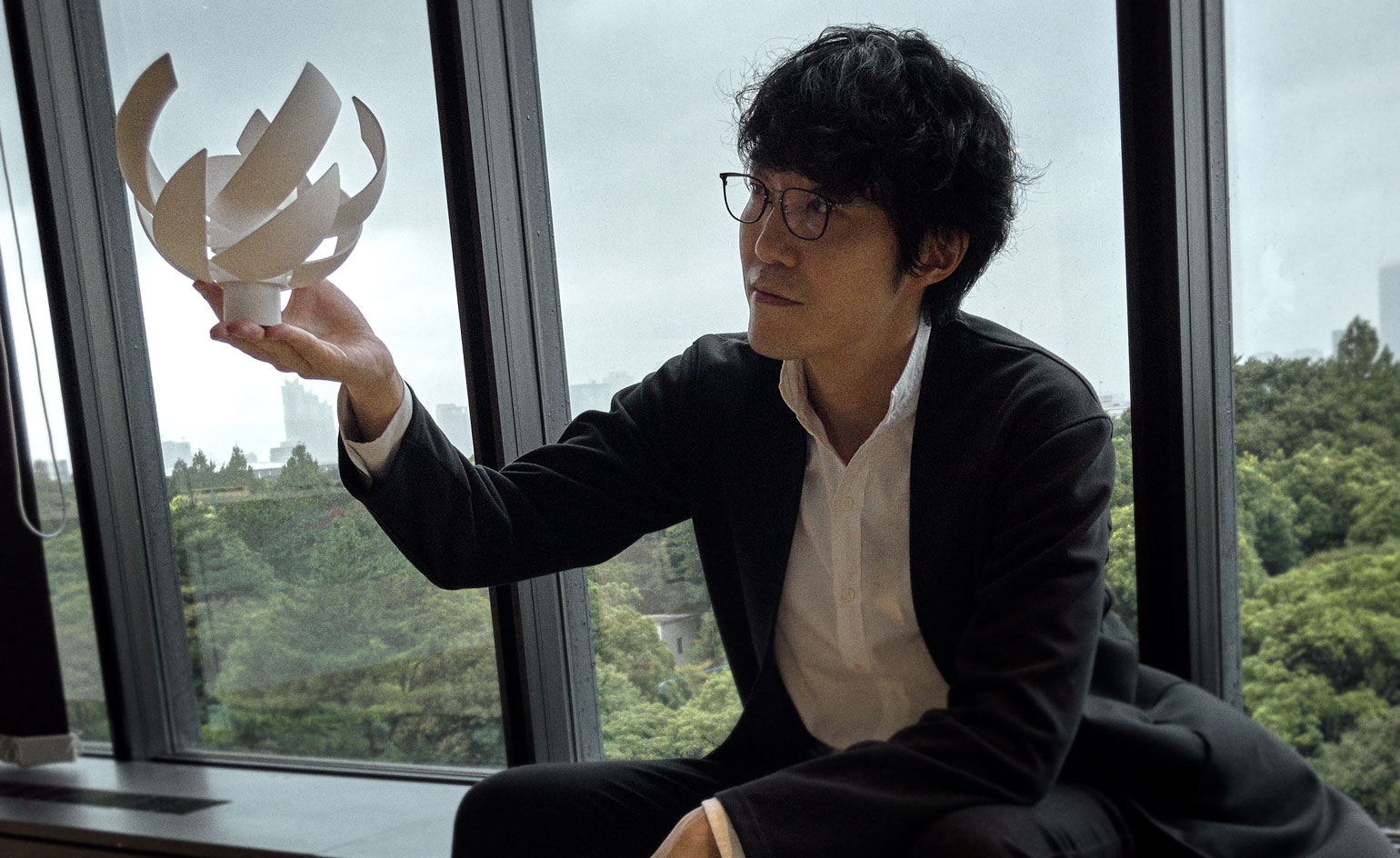 Nendo’s Oki Sato on challenges, new talent, and ‘taking the difficult way’
Nendo’s Oki Sato on challenges, new talent, and ‘taking the difficult way’Oki Sato, founder of prolific Japanese studio Nendo, reflects on past and present challenges – including designing Tokyo’s Olympic cauldron – and, for Wallpaper’s 25th Anniversary Issue ‘5x5’ project, selects five young talents ready to pick up the torch
-
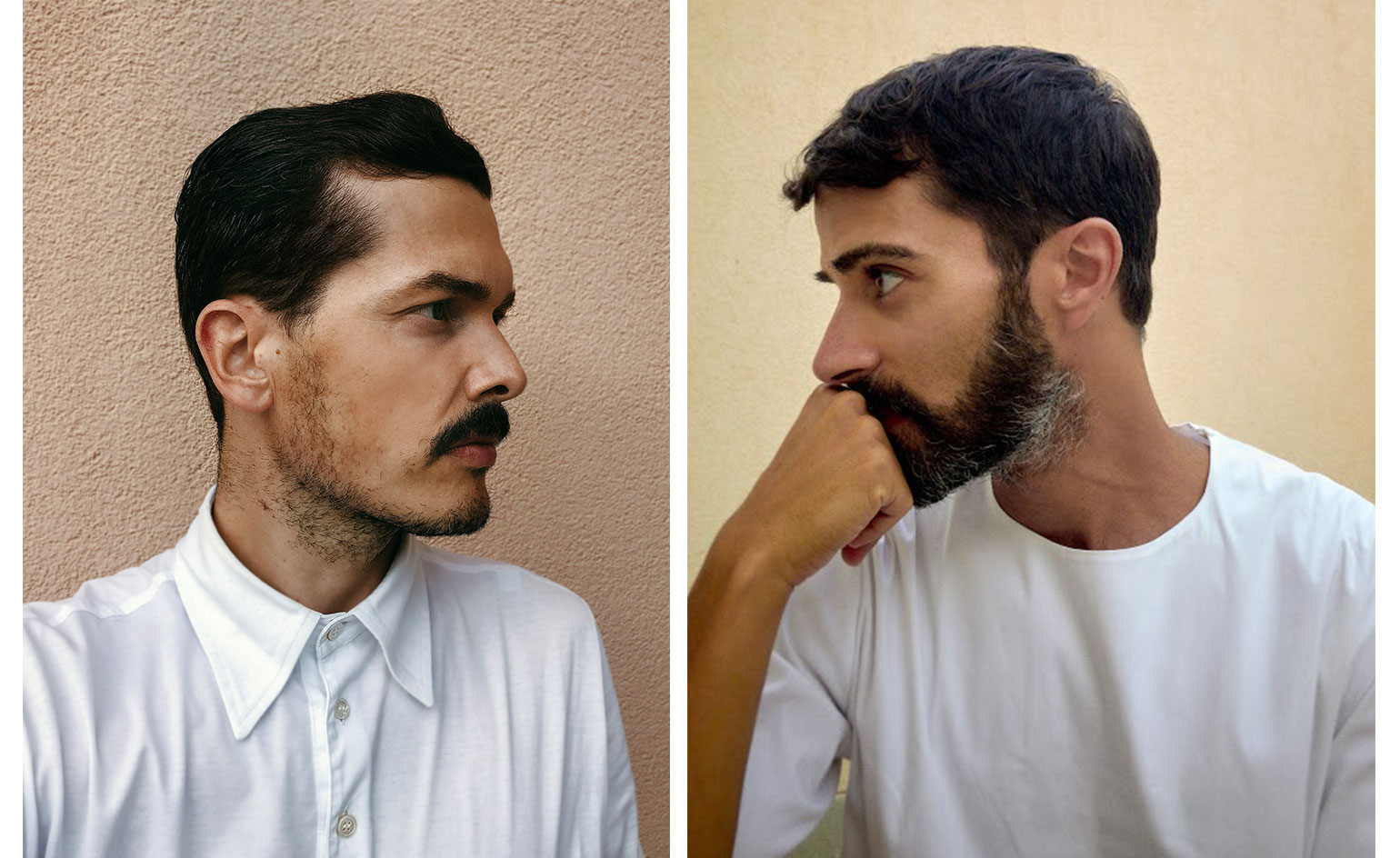 Formafantasma on their GEO-Design master’s programme, and designers thinking big
Formafantasma on their GEO-Design master’s programme, and designers thinking bigThe Italian design duo – and Designer of the Year in the 2021 Wallpaper* Design Awards – are among our featured visionaries in ‘5x5’, Wallpaper's 25th anniversary project. They discuss their first year heading the GEO-Design master’s programme at Design Academy Eindhoven, educating students for a changing world, and their pick of five creative leaders of the future who are expanding the practice of design
-
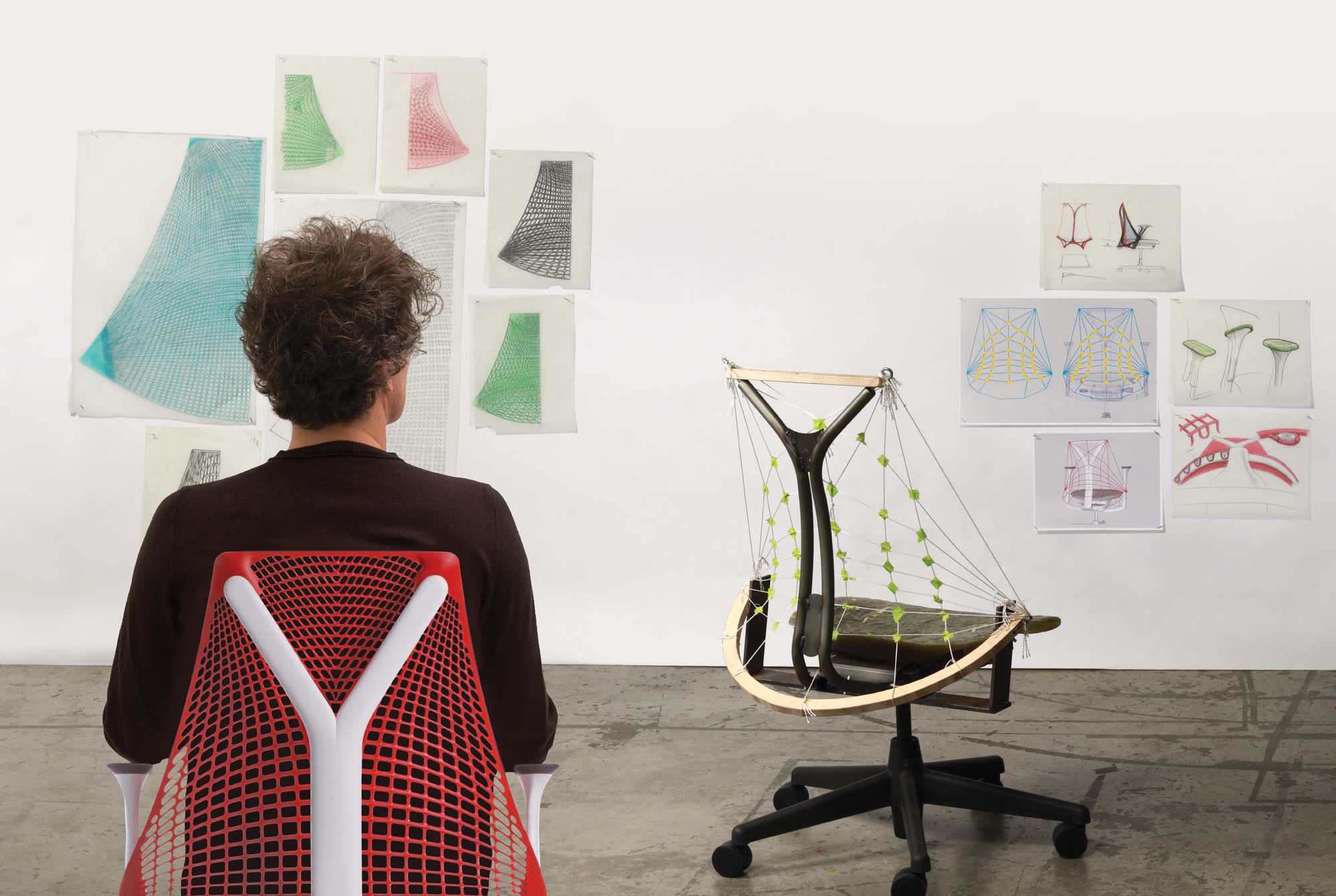 Yves Behar on his design for good
Yves Behar on his design for goodOn the occasion of his new monograph, Yves Behar: Designing Ideas, we talk to the Fuseproject founder on his career journey, technology and ‘the slow, winding journey of design’
-
 Explore the rich archives of Montblanc
Explore the rich archives of MontblancMontblanc’s new book – Montblanc: Inspire Writing – takes readers on a journey into the archives of the German luxury house